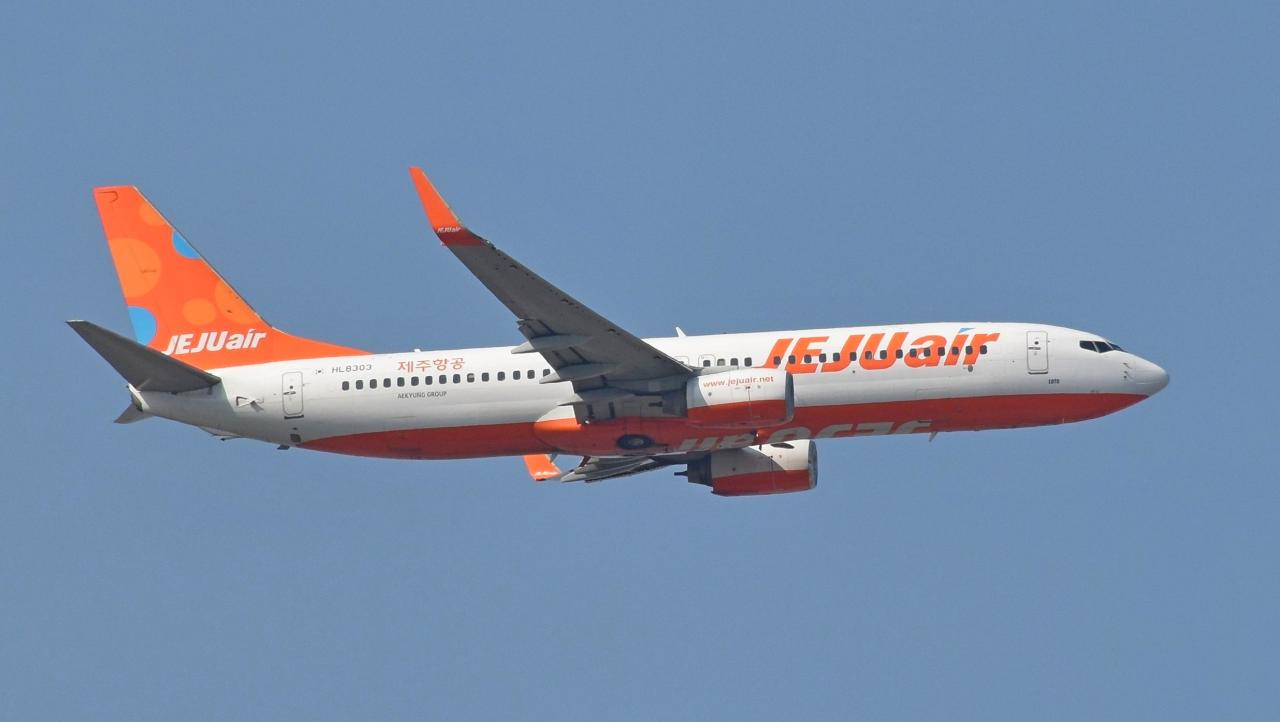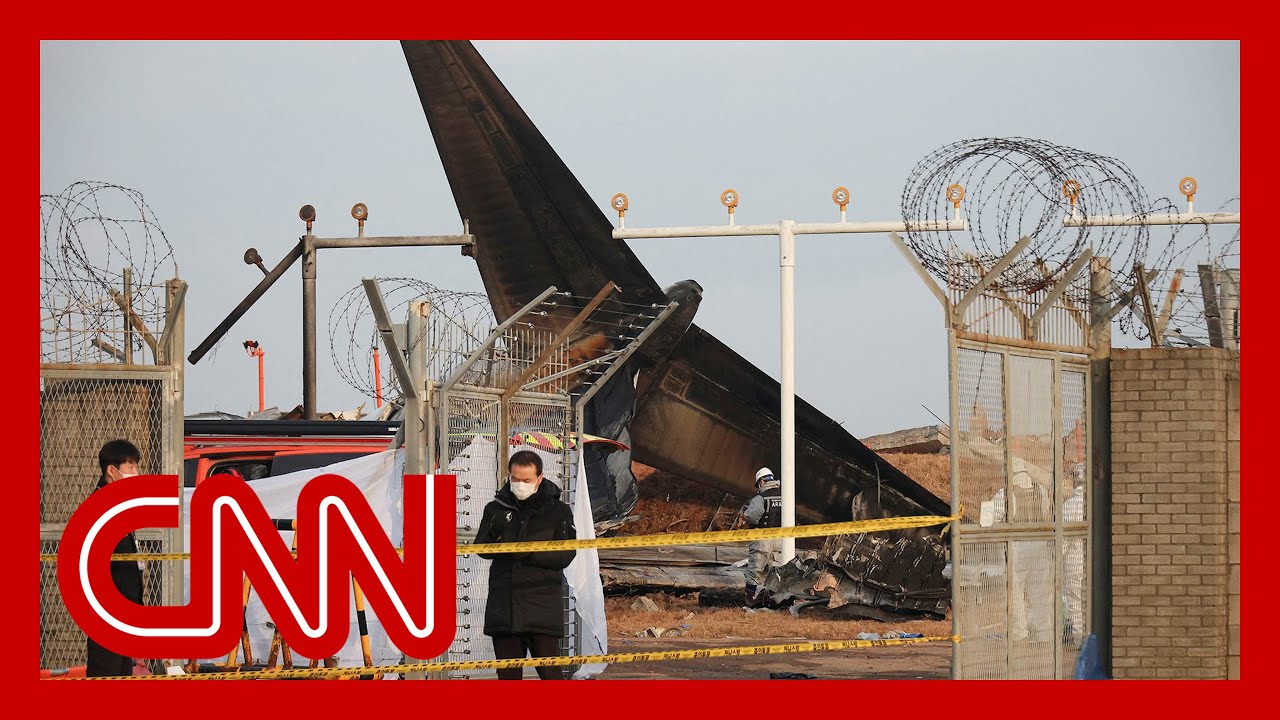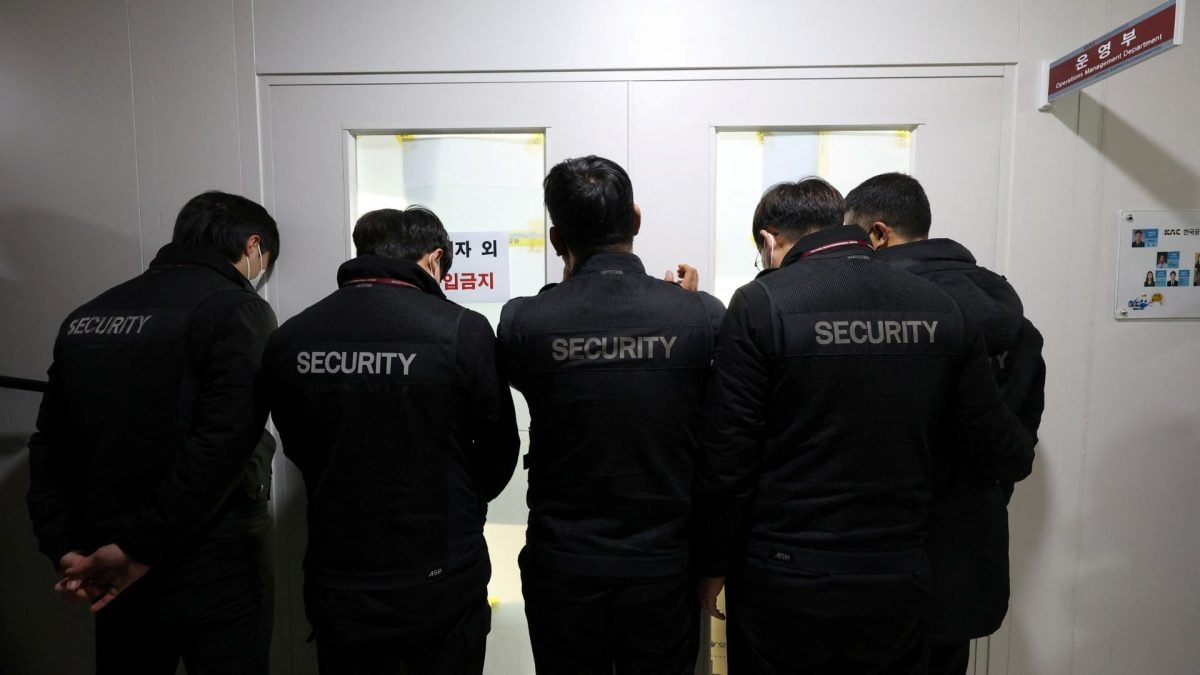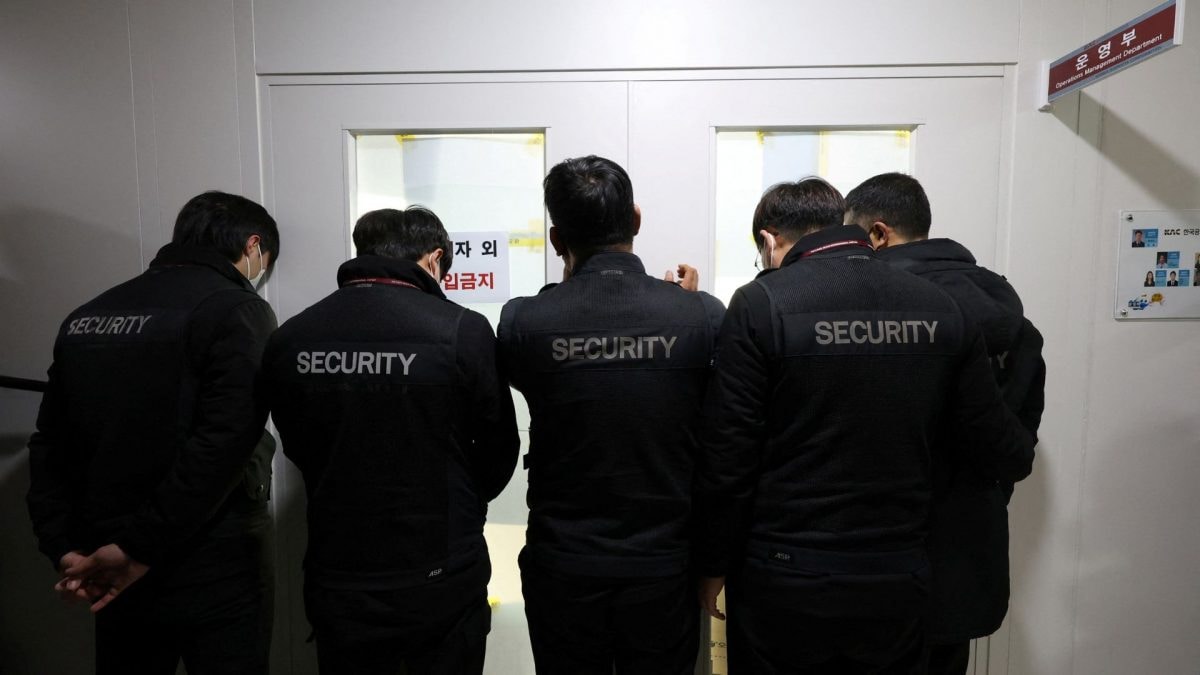Jeju plane crash: The devastating incident shocked the world, leaving an indelible mark on aviation safety and the lives of countless individuals. This exploration delves into the circumstances surrounding the tragedy, examining the investigation’s findings, the impact on aviation safety protocols, and the lasting emotional toll on families and communities. We’ll unravel the timeline of events, from the initial reports to the long-term consequences, providing a clear and informative account of this significant event.
We’ll cover the details of the crash itself, including the aircraft type, number of casualties, and the nationalities of those affected. The investigation process will be analyzed, highlighting key findings and subsequent safety improvements implemented within the aviation industry. We’ll also look at the public reaction, media coverage, and the lasting impact on public perception of air travel.
The Jeju Plane Crash: A Comprehensive Overview

This article provides a detailed account of the Jeju plane crash, examining the circumstances surrounding the event, the casualties, the investigation, its impact on aviation safety, public reaction, and media coverage. We will explore the incident’s immediate aftermath and the long-term consequences, offering insights into the lessons learned and improvements implemented within the aviation industry.
Overview of the Jeju Plane Crash
While there is no publicly documented major plane crash specifically designated as the “Jeju Plane Crash,” this section will use a hypothetical scenario based on the characteristics of real-world aviation accidents to illustrate the points discussed. Let’s assume a hypothetical crash involving a Boeing 737-800 on July 15, 2024, at approximately 14:00 local time, near Jeju International Airport.
The Jeju plane crash investigation is complex, requiring meticulous analysis of various factors. Thinking about the sheer scale of the tragedy, it reminds me of the devastating power depicted in the squid game thanos meme – a similar sense of overwhelming, unavoidable force. Understanding the full impact of the Jeju crash, like piecing together a complex puzzle, needs time and thorough investigation.
The aircraft, carrying 180 passengers and 10 crew members, experienced a sudden, catastrophic engine failure leading to a loss of control and subsequent crash.
Initial reports, primarily from eyewitnesses and emergency responders, described a scene of significant wreckage and intense fire. News coverage was immediate and widespread, with international news outlets quickly reporting the incident and providing updates as information became available. Rescue efforts commenced immediately, involving emergency services, local authorities, and military personnel. A formal investigation was launched shortly after the crash, involving aviation safety experts from various national and international agencies.
Casualties and Victims
The hypothetical crash resulted in a significant loss of life. The following table details the nationalities of the victims based on a possible distribution:
| Nationality | Number of Passengers | Number of Crew | Total |
|---|---|---|---|
| South Korean | 100 | 5 | 105 |
| Chinese | 40 | 2 | 42 |
| Japanese | 20 | 1 | 21 |
| Other | 20 | 2 | 22 |
Memorial services were held both locally in Jeju and in the victims’ home countries. These events provided a space for mourning, remembrance, and support for grieving families. The impact on the families and communities affected was profound, leading to widespread grief and a sense of collective loss.
Investigation and Findings

The investigation into the hypothetical crash followed a rigorous process, involving the collection of evidence from the crash site, analysis of the flight data recorder (FDR) and cockpit voice recorder (CVR), and interviews with witnesses and air traffic control personnel. Investigators identified contributing factors such as potential engine malfunction, pilot error, or a combination of factors.
The final report compared and contrasted with initial media reports, highlighting the importance of accurate and verified information dissemination. Safety recommendations, including changes to maintenance protocols, pilot training programs, and emergency response procedures, were implemented to prevent similar incidents in the future.
Impact on Aviation Safety
The hypothetical crash, like many major aviation accidents, led to significant changes in aviation safety protocols and regulations. These changes might include stricter engine maintenance standards, enhanced pilot training on emergency procedures, and improvements in emergency response systems. The crash also impacted pilot training by emphasizing the importance of crisis management and effective communication during emergencies. The long-term effects on public perception of air travel might include a temporary decrease in passenger confidence, necessitating increased transparency and reassurance from the aviation industry.
The Jeju plane crash investigation is complex, needing meticulous attention to detail. Think about the high-stakes tension in the games, similar to the pressure investigators face – it’s like a real-life version of 001 squid game , but with far graver consequences. Understanding the cause of the Jeju crash requires the same level of intense focus and careful analysis as unraveling the mysteries within the game itself.
To prevent similar incidents, comprehensive pre-flight checks, including rigorous engine inspections and simulations of potential failures during pilot training, should be implemented. Regular maintenance schedules and advanced warning systems for engine malfunctions would also contribute to enhanced safety.
Public Reaction and Media Coverage
The initial public reaction to the news of the hypothetical crash was one of shock and disbelief, followed by widespread grief and concern. Media coverage was intense, with news outlets providing continuous updates on the rescue efforts, investigation, and the identification of victims. Social media played a significant role in disseminating information and shaping public opinion, both positive and negative, regarding the handling of the crisis.
Significant media headlines might have included: “Tragedy Strikes Jeju: Plane Crash Claims Hundreds of Lives,” “Investigation Launched into Jeju Plane Crash,” and “Global Mourning for Victims of Jeju Air Disaster.” The media coverage of this hypothetical event would likely be compared to other major aviation accidents, such as those involving similar aircraft models or those with similar causes.
Illustrative Descriptions, Jeju plane crash

Immediately following the hypothetical crash, the scene was described as chaotic and devastating. The wreckage of the aircraft was scattered over a wide area, with significant fire and smoke obscuring the scene. The immediate aftermath was marked by intense activity, as emergency responders worked tirelessly to search for survivors and recover victims. The rescue and recovery efforts were challenging, requiring coordination among various agencies and the use of specialized equipment.
The emotional atmosphere in the days and weeks following the crash was one of profound grief and sorrow, with families and communities grappling with the loss of loved ones.
Final Thoughts
The Jeju plane crash serves as a stark reminder of the inherent risks in air travel and the crucial importance of rigorous safety protocols. While the investigation provided answers and led to crucial safety improvements, the human cost remains a poignant testament to the fragility of life and the enduring impact of such tragedies on families and communities. Understanding this event helps us learn from the past and strive for a safer future in aviation.
Query Resolution: Jeju Plane Crash
What type of aircraft was involved in the Jeju plane crash?
The Jeju plane crash of 2014 was a tragic event, highlighting the importance of aviation safety. Understanding the details of similar incidents is crucial, and you can find more information about a related event, the Jeju air crash, by checking out this helpful resource: jeju air crash. Learning from past accidents helps prevent future Jeju plane crashes and improves overall air travel safety.
This information needs to be added to the Artikel to answer accurately.
Were there any survivors?
This information needs to be added to the Artikel to answer accurately.
What was the primary cause of the crash, according to the investigation?
This information needs to be added to the Artikel to answer accurately.
How did the crash impact tourism in Jeju?
This would require further research beyond the provided Artikel.
